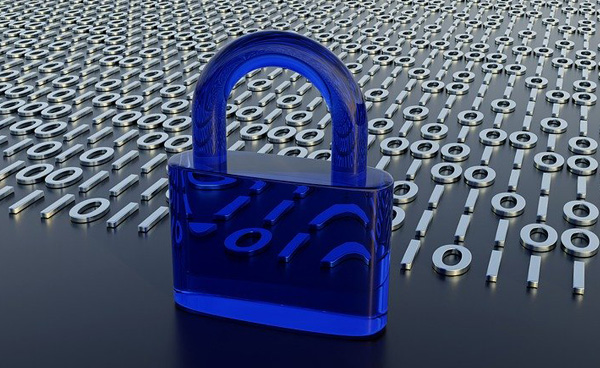
Protecting data is a vital task in today?s digital world, and is a chief concern in everything from startup offices, to production warehouses, to hospital facilities.
We trust an immense proportion of operations across all businesses and industries to digital systems, and as a result, it is of the upmost importance to protect those systems from harm.
All too often though, we tend to rely on relatively simple and limited measures for that protection. Plenty of businesses sign up with a secure cloud service, recommend basic password safety to employees, and leave it at that.
Those basic measures are good starting points, but today it?s necessary, in most cases, to go further. And specifically, there are various ways ?some physical and some digital? to use other forms of technology to keep data secure in working environments. We?ll go over a few of them below, from security cameras to internal software setups.
IoT-Connected Physical Security
Our examination of psychical and cybersecurity convergence by Jay Bartlett included some analysis of how the IoT can be used alongside physical security systems, and it?s that same convergence we?re bringing up here.
As mentioned in the prior piece, there are legitimate questions that arise from the connection of surveillance systems to the IoT, and these questions ultimately demand that a foundation of trust be built among all involved. Provided that trust, however, physical security devices can actually help to protect data.
The basic idea is that they can be used to monitor and report any suspicious or overtly alarming activity. This could happen in a fairly standard fashion: A door locked at the end of a workday could send signals to motion sensors, cameras and the like, turning on a ?smart? security system that keeps work equipment and any data housed on it safe.
However, there can also be more innovative applications. For instance, a security camera today might be able to recognize and report on a computer or similar device acting strangely when unattended, which could serve as an alert of a cyberattack.
Design Data Vaults
Part of securing data also means protecting the integrity of devices. And that, in turn, means maintaining and securely storing data related to how those devices are changed and updated over time.
You may have had the experience before of updating software or even altering design components of a computer or mobile device only to find that the changes that have been made are more confusing than productive. This can leave important data lost, or at least difficult to access.
To address this issue, you can actually benefit from vault-like technology that stores design data as you go. Altium?s guide to vault implementation reveals that although the process can be somewhat complex for those unfamiliar with such things, there is also a degree of customization involved (for instance, in assigning who can access the ?vault? and what roles they can fulfil).
Ultimately though, an internal tech program of this kind can provide a company with secure data storage and management that in turn can assist with the maintenance of device integrity.
Device Sensors
This falls in line with the idea above about IoT-connected physical security. But IoT sensors, in particular, are still something of a separate conversation. Actually, iOffice reveals numerous uses of sensors in modern workplaces ? but the one we?re focusing on here, and which we expect to see more companies exploring in the near future, is the protection of valuable devices and data-housing systems.
The idea is essentially that tiny sensors can be attached to these devices and systems, essentially to track them and ensure that they?re not manipulated, or even stolen.
With these IoT-integrated sensors able to communicate with broader security systems, a device that is compromised or which is used without authorization can send an alert. This makes it more likely that these devices will be protected, and ensures that any data they may contain is kept safe.
In the end, it?s almost impossible to go too far with data protection in the modern world. So, even if steps like these can seem at first small or even tedious, they?re worth considering in any and all places of business today.

